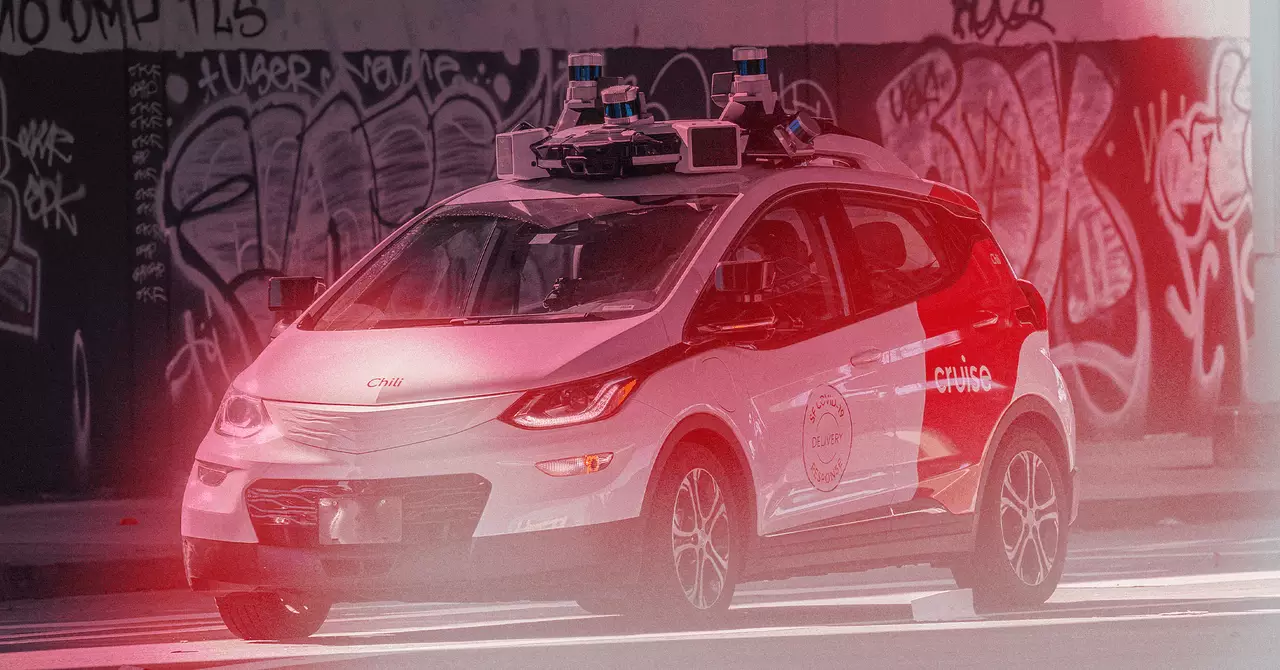General Motors’ effort to pioneer autonomous mobility has faced significant hurdles, but recent activities suggest a strategic pivot rather than outright abandonment. After discontinuing its cruise-focused robotaxi service amidst safety concerns and regulatory setbacks, GM has subtly shifted its focus towards refining and enhancing its human-assisted driving technologies. The deployment of modified Bolt electric vehicles equipped with lidar sensors on busy highways indicates a calculated move to harness existing assets for incremental technological advancements. This subtle repurposing reveals GM’s recognition that the core value lies not solely in fleet operation but in developing robust driver-assistance systems that can be integrated into mainstream vehicles.
Instead of throwing away what was an expensive and ambitious venture, GM is intelligently leveraging its resources to foster innovation behind the scenes. The new testing in Michigan, Texas, and the San Francisco Bay Area underscores a commitment to continuous improvement. These vehicles, often unbranded or lacking visible Cruise identifiers, serve as mobile laboratories. Their role isn’t to replace human drivers immediately but to gather data, refine algorithms, and push the envelope of safety and automation. This approach exemplifies pragmatic resilience—building on past failures to forge a more secure, scalable future in autonomous technology.
From Disappointment to Opportunity: The Complex Reality of Autonomous Trials
GM’s retreat from the public-facing robotaxi scene was a stark reminder of the challenges inherent in deploying fully autonomous vehicles at scale. The incident involving the pedestrian in San Francisco marked a turning point—a sobering lesson on the limitations and risks of current autonomous systems. Yet, GM’s subsequent actions indicate an understanding that building truly safe and reliable autonomous vehicles requires patience, rigorous testing, and a layered development process.
Rather than abandoning autonomous ambitions altogether, GM appears to be recalibrating by focusing on driver-assistance features that are closer to current consumer needs: better lane control, emergency braking, and driver monitoring systems. These functions are less controversial, more immediately deployable, and can greatly enhance safety without the full complexities and liabilities of driverless taxis. The transition from a disruptive fleet service to a technology incubator within its existing vehicle range reflects an astute recognition that incremental progress often precedes groundbreaking change. GM’s experience underscores the importance of humility in innovation—acknowledging the high stakes involved while tirelessly refining the underlying systems.
Integrating Legacy Vehicles into a Smarter Future
One of the most compelling aspects of GM’s recent strategy is how it transforms underutilized assets into tools for technological advancement. The repurposing of hundreds of Bolt EVs—initially designed as consumer-oriented vehicles into testing platforms—demonstrates a nuanced approach to sustainability and resourcefulness. This “second life” for the vehicles not only boosts R&D efficiency but also signals a shift toward a more sustainable and pragmatic automotive industry ethos.
The use of these vehicles for limited, controlled testing with trained drivers ensures that GM can gather high-quality data without risking public safety. The subtle removal of branding and the discreet installation of advanced sensors and lidar systems highlight an emphasis on discreet testing in real-world environments. Moreover, by deploying vehicles across different regions—Michigan, Texas, California—GM can evaluate performance in diverse conditions, enriching their datasets. This strategy could ultimately accelerate the integration of improved driver assistance features into mass-market vehicles, making automated safety tech more reliable and widespread in the near future.
Implication for Industry and Consumer Expectations
GM’s current approach underscores a broader industry truth: autonomous driving is a marathon, not a sprint. While figures like Waymo and Tesla often dominate headlines with visions of fully autonomous cities, the reality involves a meticulous, layered process. GM’s pivot towards enhanced driver-assistance solutions reveals a pragmatic mindset that balances innovation with safety and regulatory compliance.
For consumers, this signals a future where their vehicles will become increasingly intelligent and capable, even if fully autonomous taxi fleets remain on the horizon. The gradual integration of advanced driver aids can significantly reduce accidents, improve driving comfort, and pave the way for more sophisticated systems over time. GM’s strategy also exemplifies how legacy automakers are embracing hybrid approaches—balancing automation with human oversight—rather than risking public backlash or regulatory crackdowns through overambition.
By intelligently repurposing its fleet and channeling efforts into safer, more reliable systems, GM is positioning itself not just as a follower in autonomous tech but as a thoughtful leader steering the industry toward sustainable, incremental progress. This methodical, resilient approach promises a smarter, safer, and more accessible automotive future for all.

